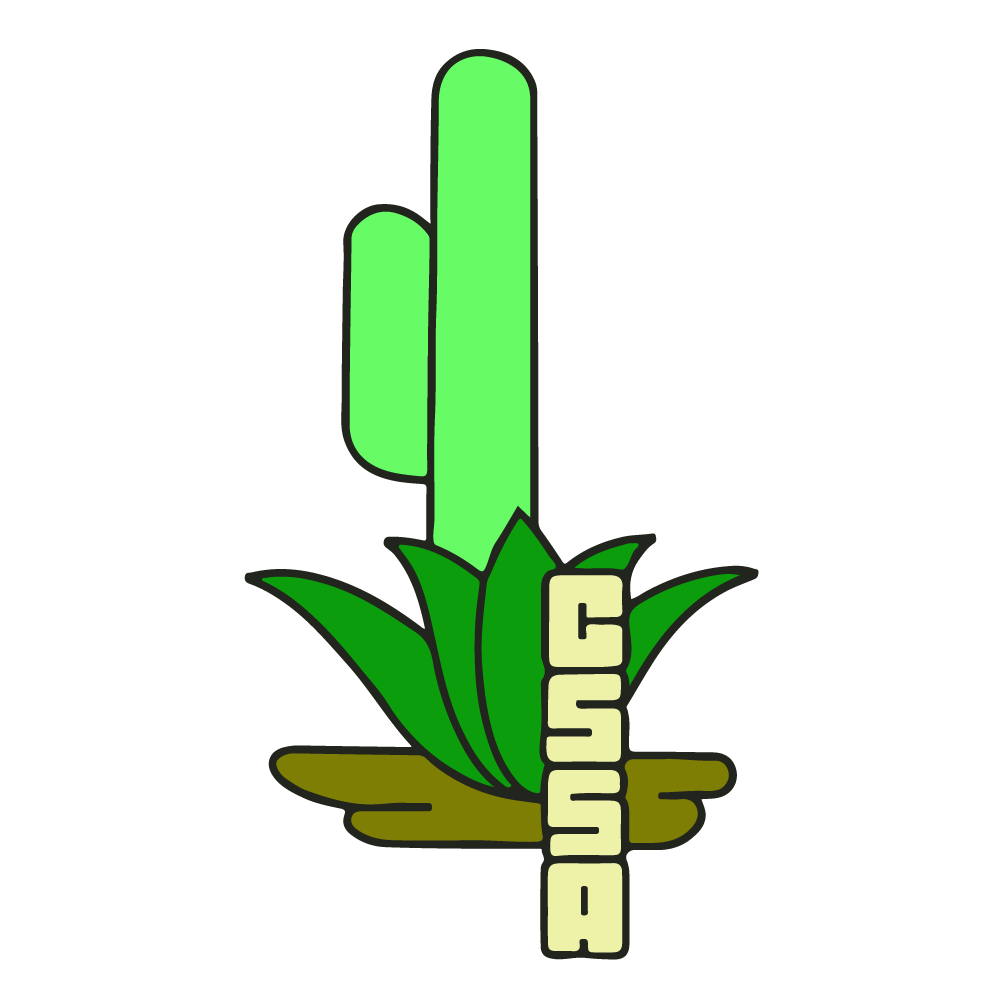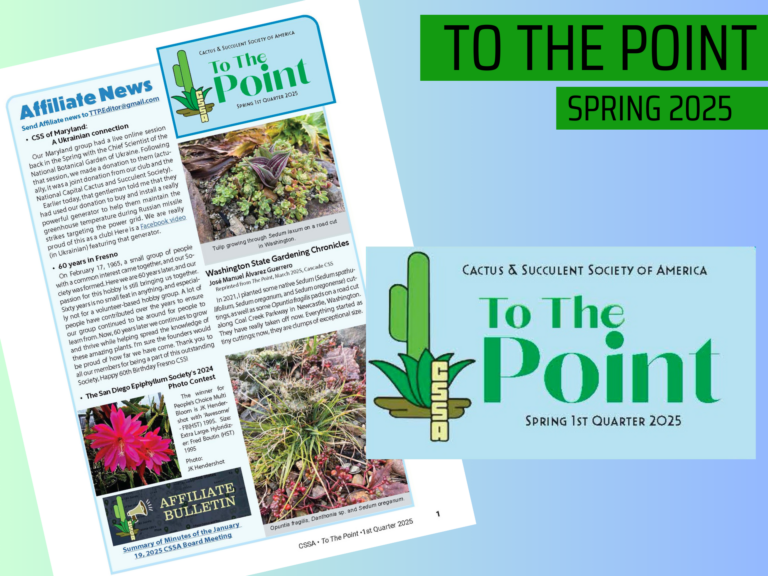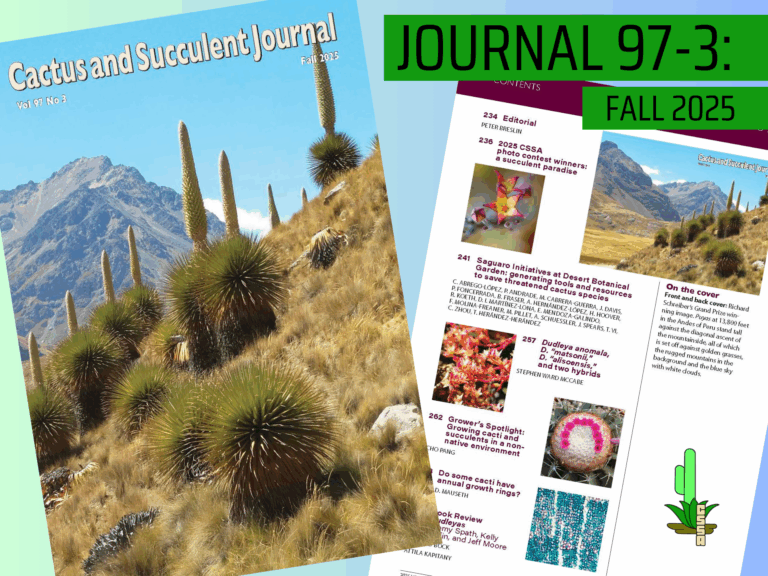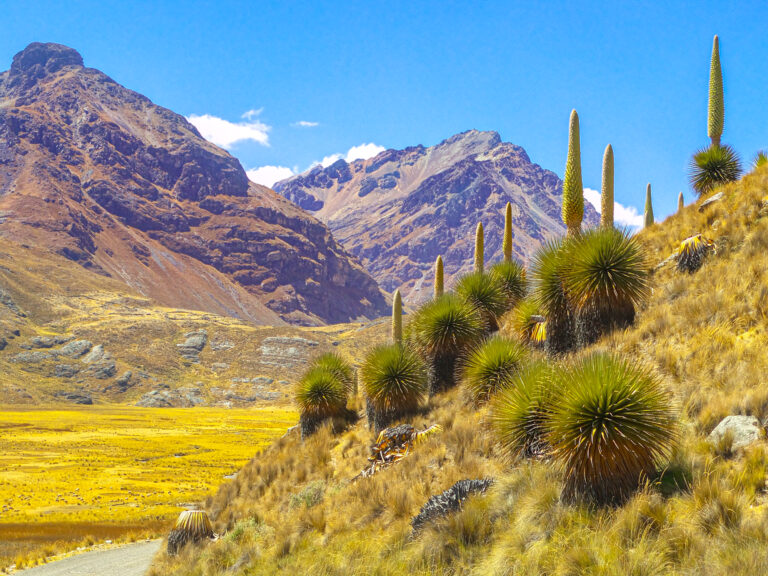
Reviewed by Duke Benedon
This 2003 review appeared in Cactus & Succulent Journal Vol. 75-5.
Purchase Options
Die Echinocereen der Baja California (The Echinocerei of Baja California), by Gerhard R. W. Frank et al. 2001, printed in Germany, ISBN 3-00-007524-0. Hardbound, 6 x 8" (15 x 21 cm), 341 pp., ca. 350 color photos, 26 SEM photos, colored distribution maps, charts, graphs, etc. Price ca. $65The first change I would make to this book would be the addition of an English title to indicate to potential readers that it does contain English translations. Both German and English are used in the brief history of each taxon, in the descriptions of stems, areoles, radial and central spines, flowers, fruit, and seed, and in the captions, but photos take up most of the book. German is utilized exclusively in sections 2 (comparative morphology), 3 (distribution, relationships and research goals) and 4 (summary), frustrating English-speaking readers— however, all of these sections do appear in English in section 6. The original description of each taxon is provided in Latin.
Twelve taxa (species and subspecies) are included. However, to an avid enthusiast of this genus, E. websterianus is flagrantly missing—it’s not even listed as a synonym of E. grandis, the name used by the authors for photographs of E. websterianus from Isla San Pedro Nolasco. This was most likely the intent of the authors, but some mention of synonymy would have been helpful.
Both German and English are used… This work is a great source of information, especially as presented in its illustrations.
Duke Benadon
There are many highlights in the book, not the least of which is the use of good-quality paper, resulting in superior photo reproduction. The emphasis on photos allows for the portrayal of the great diversity of form among the taxa. Excellent photographs of two reluctant-to-flower echinocerei, E. barthelowanus and E. brandegeei, are provided. Both are pictured in flower, including habitat shots of the latter in full bloom! There are also abundant habitat photos of E. lindsayi. For several years this species was believed to be extinct in nature, followed by rumors of newly discovered populations. At last, this book shows photos of them alive and well.
This work is a great source of information, especially as presented in its illustrations. I recommend it to all lovers of cacti, but especially to those who love those with beautiful flowers, a feature that is certainly evident in Echinocereus.
Help us review the most important cactus and succulent books as they are published.



